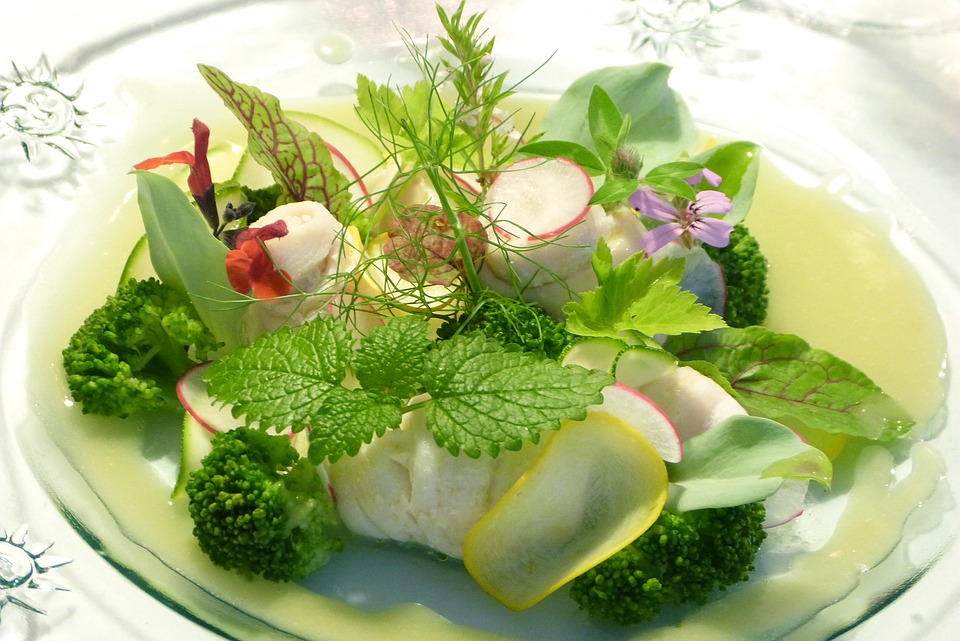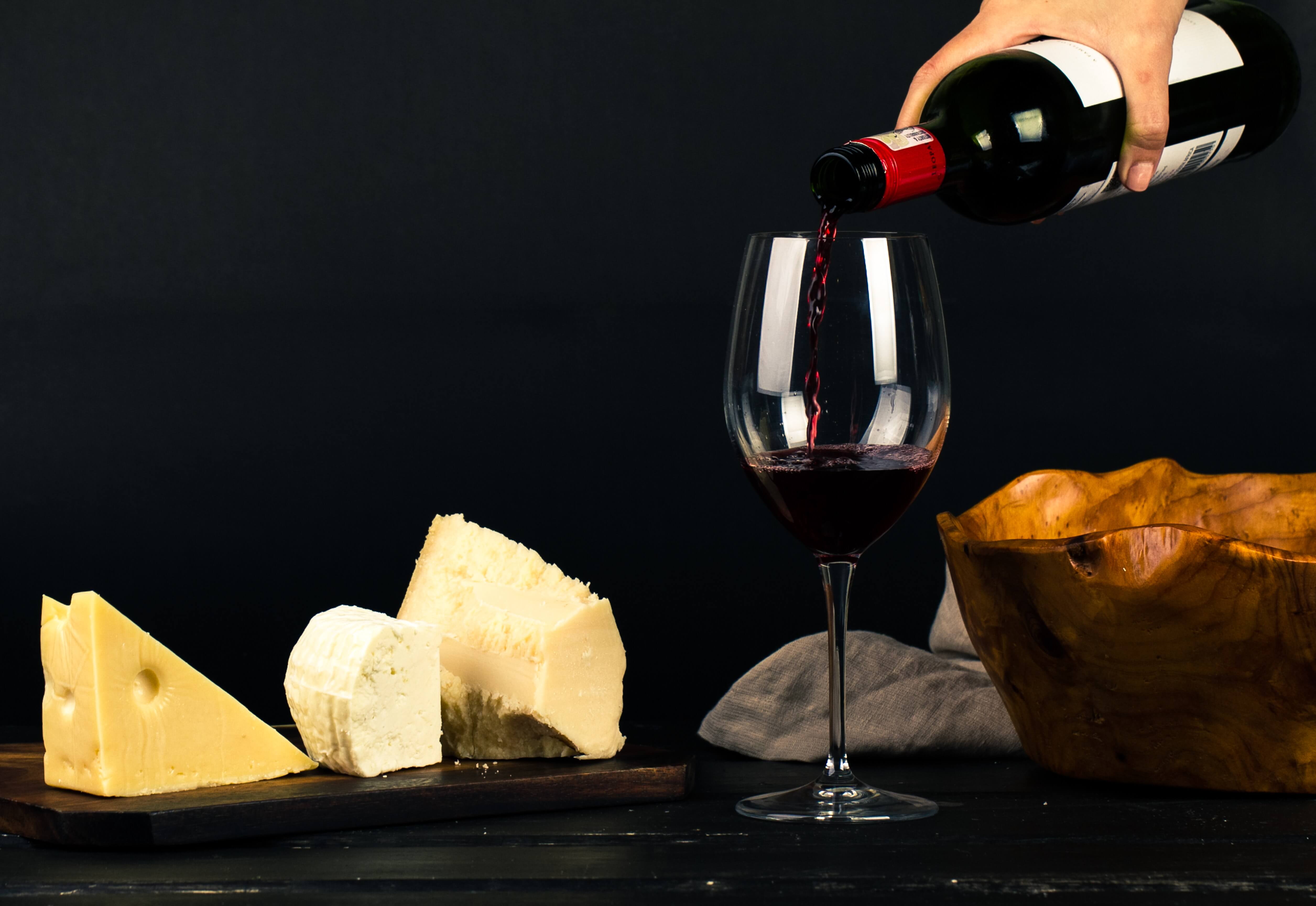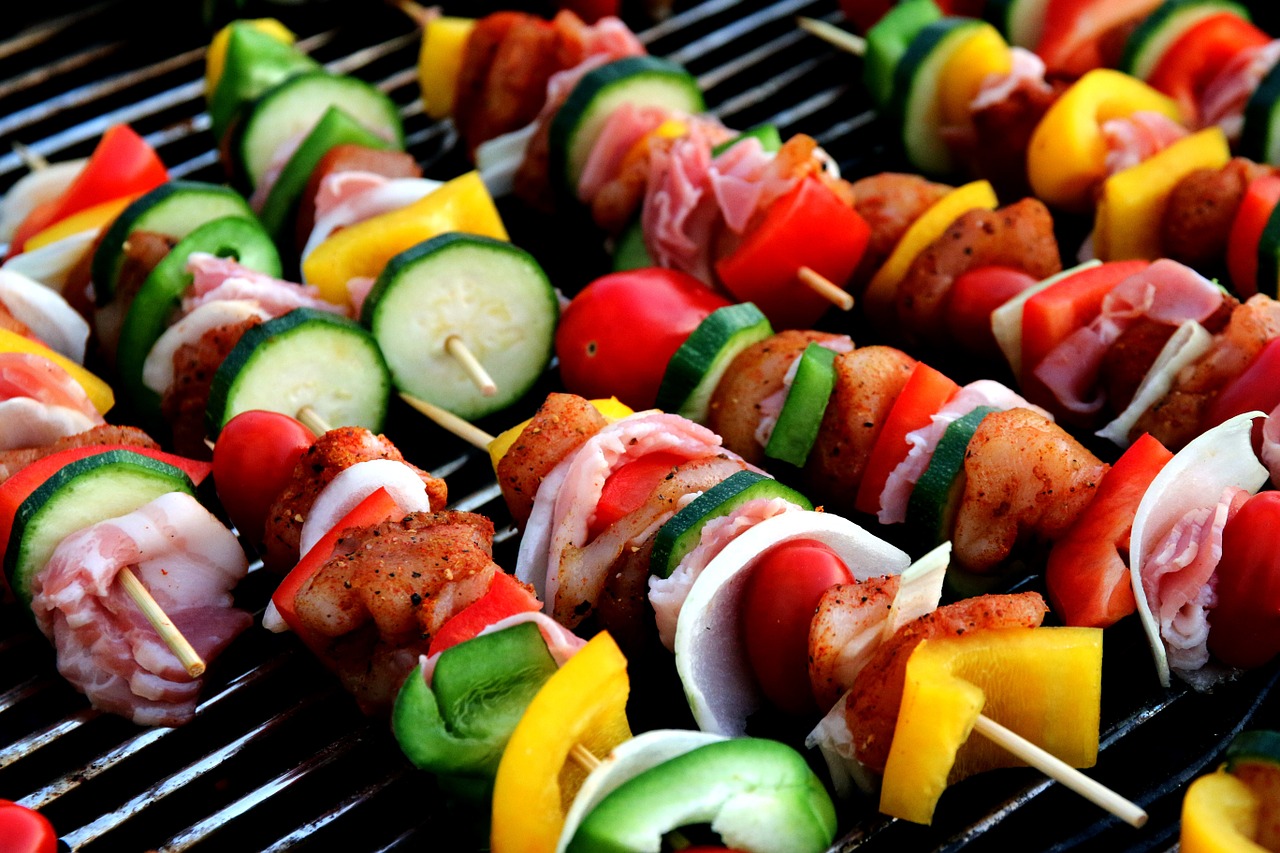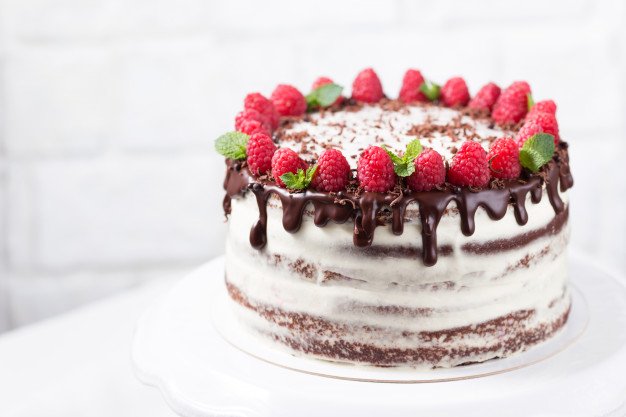Having a bright glowing and flawless skin is one short way to bring you confidence when communicating with others. But let’s face it; it is a very difficult task since our skin is exposed to many pollutants, dirt, sunlight and countless other harmful factors. One common skin problem to be named is blackheads which are annoying and potentially stressful to deal with.
Many people resort to cleaning strips to pull out those annoying blackheads, but they also bear the risk of irritated or dried skin, not to mention the fact that these products are pricey and painful to remove.
In this article, we provide some natural ways you can try to get rid of blackheads. One common feature of these formulas is that they all use all-around, simple, natural and safe ingredients.
1. Egg White Mask
Egg white, also called glair gained its popularity as number one blackheads remover thanks to its ability to wipe off dirt, dead skin cells. Plus, egg white can visibly tighten your pores and whiten your skin tone.
How to use:
- Prepare an egg white, add 1 teaspoon of honey for better moisture.
- Apply one thin layer of egg white to your face, place a strip of tissue paper to your face.
- Allow it to dry completely then gently peel the mask. The peeling will pull out the blackheads.
- If you want a thicker mask, apply the second and third layer using the same method. The key point is to let it dry properly.
2. Turmeric and Mint
The benefit of turmeric to blackheads removal can be attributed to its powerful antibiotics, antiseptic and anti-inflammatory properties. It can easily absorb excess oil, eliminate dead skin cells and brighten the tone; while mint can soothe the skin with its cooling effect.
How to use:
- Make a mixture of 2 teaspoon of turmeric powder and 3 teaspoons of mint juice to create a paste.
- Apply the mixture and keep it on for 15-20 minutes before rinsing your face with water.
- Perform twice a week for best result.
3. DIY Peel off Mask with Clay
As it turns out, those expensive peeling masks they sell out there are not hard to make. You can totally make yourself a peeling mask to get rid of blackheads with some charcoal powder and glue. This mask can sweep away all the dirt and impurities that block your pores and dry out excessive oil.
How to make:
- Mix one tablespoon of activated charcoal powder with enough glue to make a thick yet spreadable paste.
- Open the pores by dabbing with a warm cloth in your face about 1 to 2 minutes.
- Apply the paste on blackhead affected areas. Let it dry completely and slowly peel off the mask.
4. Baking Soda
This versatile ingredient never fails to surprise us. The antiseptic quality not only makes it an excellent exfoliant that can sweep away all the dead skin cells and impurities that cause blackheads. It is also a great tool to neutralize the pH of the skin.
How to use:
- Make a paste from baking soda and some water.
- Apply the mixture on your face and let it dry for about 15 minutes before rinsing with water.
- Perform this formula once or twice a week, you will find those ugly blackheads disappear in no time.
5. Lemon and salt
Lemon deserves a spot in this list because it can remove the deepest blackheads. The acid citric in lemon makes it a good exfoliant and brighten the skin tone by burning the topmost layer of skin cells; while salt which antibacterial properties help fight against germs and bacteria worsening the situation.
How to use:
- Mix ½ teaspoon of lemon juice, 1 tablespoon of sea salt and 1 teaspoon of honey.
- Use this mixture to massage your face, and then wash with cool water.
- It is safe to perform this action twice a week. The change you see is incredible. However, don’t forget to apply sunblock every day.
Read also:
Top 4 Natural Combination for You to Eliminate Blackheads (Infographics)























